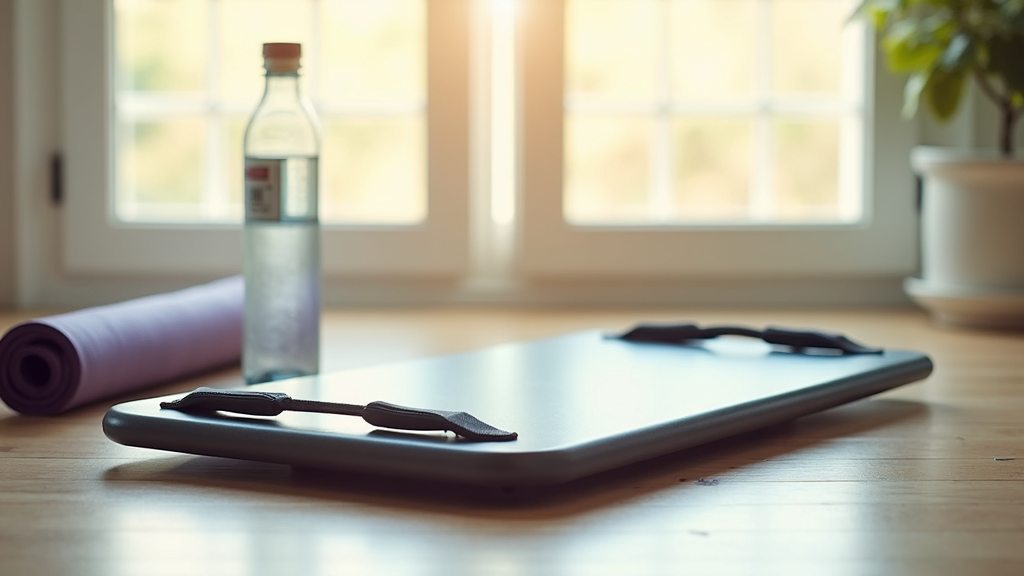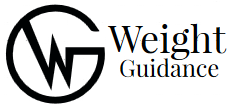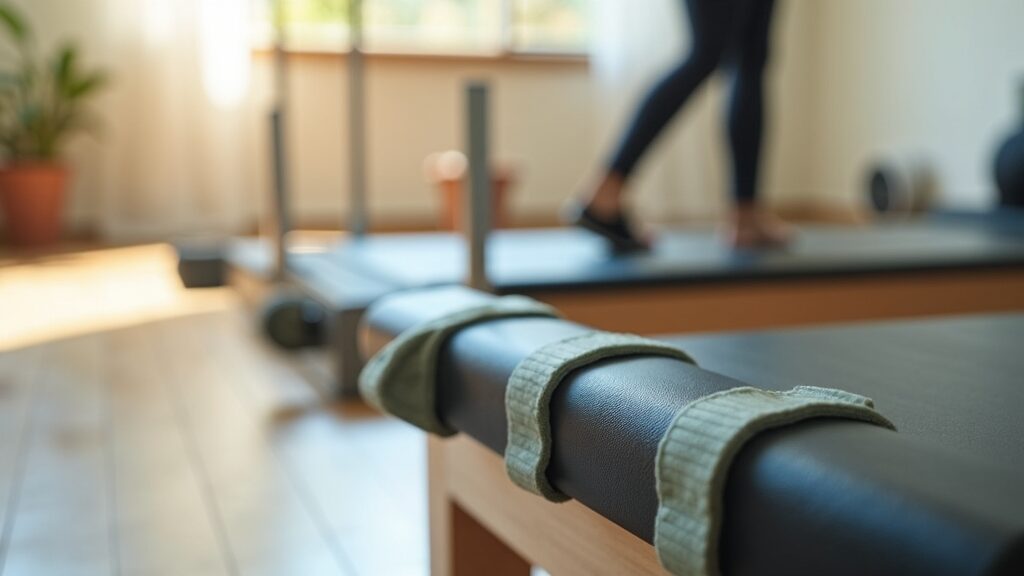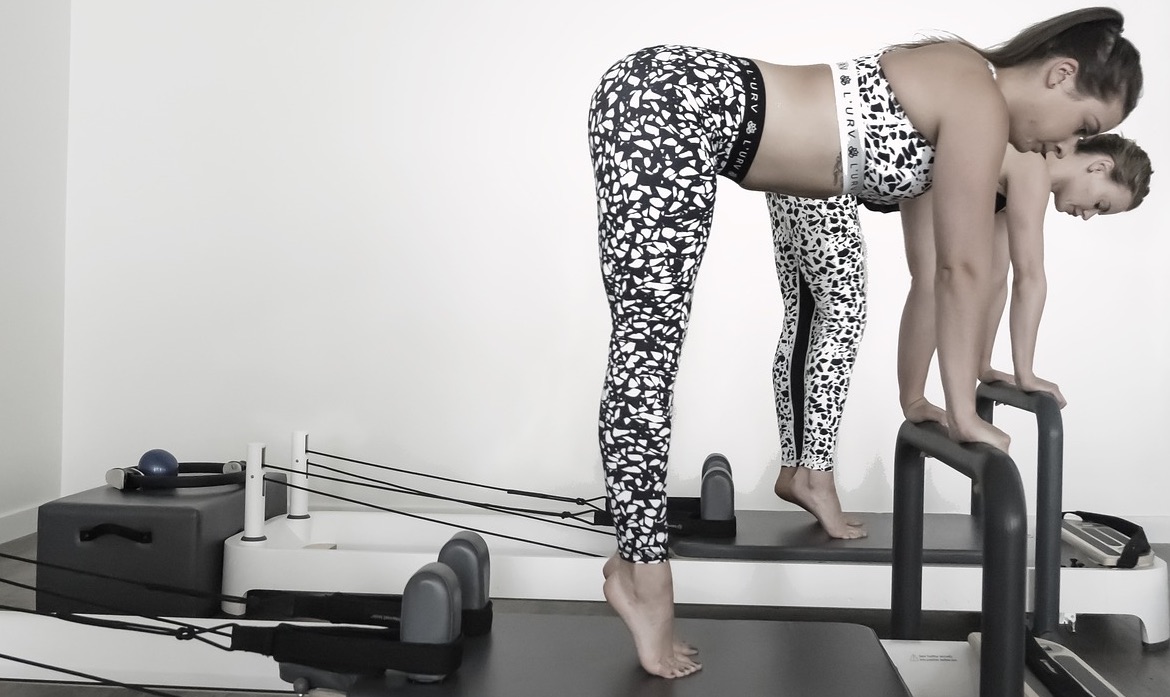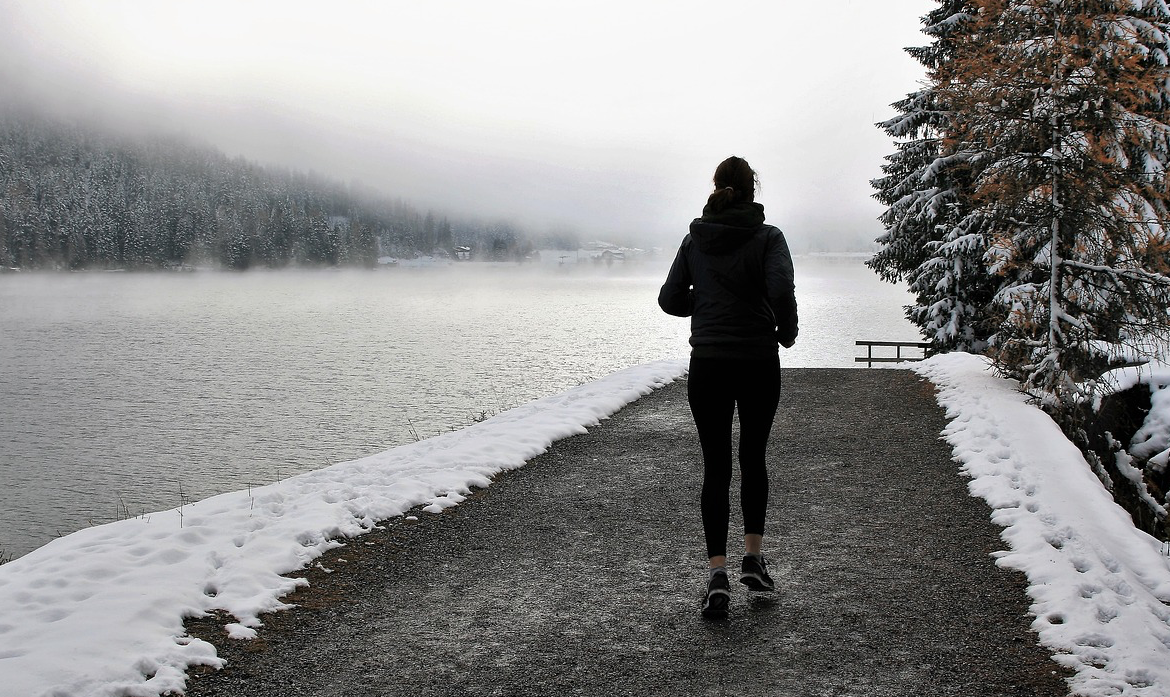If you’re interested in a fun new way to upgrade your workout routine without taking up much space, a Pilates board is something worth checking out. I got my hands on one recently, and I’ve been testing it out at home, adding it to my usual mix of bodyweight workouts and mobility training. A Pilates board offers a mix of versatility, simplicity, and challenge in compact form. That comes in pretty handy if you like variety without needing an entire gym setup.
Whether you’re a complete beginner to Pilates or you’re already familiar with reformerstyle moves, a Pilates board brings you a unique blend of balance training, resistance, and core activation that you won’t get from a yoga mat alone. In this review, I’ll walk you through what a Pilates board is, how it works, its features, common pros and cons, and what real users have to say. You’ll also find some fun facts, a handy FAQ, and my honest thoughts about who this product is best suited for. Let’s jump in and see what makes these boards a fitness favorite.
Pilates Board Review: TL;DR
If you want a quick snapshot, here’s the lowdown.
- Pilates boards are portable fitness platforms designed to mimic reformerstyle workouts but in a smaller, more affordable format.
- They’re great for home exercise, offer plenty of workout options, and can suit all fitness levels. You’ll need some space and a little balance, but most people find them easy to store and super effective for core and whole body strength.
- Expect to pay anywhere from $80 to $300 depending on the brand and extra features. If you’re after a flexible, convenient piece of equipment for home Pilates, you’ll probably really like having one on hand.
Table of Contents
- What is a Pilates Board?
- Key Technical Details
- Some Cool Features Worth Noting
- Pilates Board: Pros and Cons
- Customer Reviews: Real Talk
- Fun Facts about Pilates Boards
- Who Should Buy a Pilates Board?
- How Does a Pilates Board Compare to Other Home Gym Gear?
- How to Get the Most from Your Pilates Board
- Best Pilates Board Brands
- Tips for Buying the Right Pilates Board
- Summary
- Pilates Board: Frequently Asked Questions
- My Take: Final Thoughts
Product Name: Coriardo Pilates Board
Typical Price Range: $80 – $300 USD
Main Uses: At home Pilates, core strength, balance training
Dimensions: Usually around 43″ x 14″ x 4″
Weight Capacity: Most support up to 250 lbs (113 kg)
Extra Features: Resistance bands, carrying handles, antislip surface
Available Colors: Varies. black, pink, blue, and more
Return Policy: Most brands offer at least 30 days
Warranty: Typically 1 year limited
What is a Pilates Board?
A Pilates board is a flat, sturdy platform used for doing Pilates movements that you’d normally perform on a bigger reformer machine or mat. It usually has a nonslip surface, handles for carrying, and places where you can attach resistance bands or other accessories. The idea is to give you a wide enough platform to stand, sit, kneel, or lie on while doing Pilates exercises. Some boards include grooves or pegs to make hooking up bands easier, and a few newer versions even offer a bit of instability for extra core challenge.
The compact size makes a Pilates board great for small spaces or anyone who doesn’t want to invest in a bulky reformer or a pile of separate workout tools. You can use it for squats, planks, glute bridges, Russian twists, pushups, or more focused Pilatesstyle lunges and leg lifts. it’s up to you. Resistance bands often come with the board and can be attached for extra levels of challenge. Some users also add their own bands or light free weights to expand their workout routines even more.
The beauty of a Pilates board is that it opens up access to classic Pilates movements plus a world of creative, fullbody exercises—without the space or cost of traditional Pilates machines.
Key Technical Details
The tech specs differ a bit from brand to brand, but most Pilates boards keep things pretty simple. Here’s what I look for:
- Board Material: Usually highdensity molded plastic or composite wood for longlasting durability
- Surface Texture: Grippy and nonslip so you can move around confidently
- Board Size: Length ranges from about 40″ to 46″ long and 12″ to 15″ wide
- Handles: Cutout or rubbercovered handles at the side for easy transport
- Weight: Usually between 7 and 14 lbs
- Resistance Bands: Most sets come with at least two bands, typically 25–40 lbs resistance each
- Max User Weight: 250 lbs is standard, but some heavyduty boards support up to 330 lbs
- Raised Platform: Most boards are about 3–5 inches off the ground, just enough to add challenge but low enough for safety
- Email/Online Support: Top brands offer quick help and replacement options if parts break
When comparing brands, it’s also good to check what exact accessories are included. some throw in guided workout cards, extra handles, or even a travel case.
Some Cool Features Worth Noting
So, here are a few features and addons you might spot that make Pilates boards feel extra useful:
- Interchangeable Resistance: The ability to swap out resistance bands lets you take your workout up a notch pretty easily.
- Rotatable Pins or Sliding Attachments: A few boards give you mounts that adjust for different moves, which is helpful if you like to mix it up.
- Antislip Feet: The better models come with grippy feet for extra stability on most floors (hardwood, tile, or carpet).
- Instructional App or Streaming: Some brands give you video workouts you can follow on your phone or TV. great if you’re new to Pilates.
- Easy Storage: Low profile, flat shape means it can slide under a bed or sofa when you’re not using it.
- Portable: At under 15 pounds, you can take these anywhere, the backyard, a hotel, or a friend’s house.
Some boards also offer ergonomic edges to make transitions during flows easier, and more advanced models might provide more customizable resistance settings or specialty band attachments for legs and arms.
Pilates Board: Pros and Cons
I’m always on the lookout for what makes gear worth owning, so here’s what I found after putting my own Pilates board through weeks of workouts (plus tons of research on reallife use):
Pros
- Super Versatile: You can work your upper body, core, lower body, and do tons of balance or mobility exercises.
- Compact & SpaceSaving: Small enough to store almost anywhere. easy to move room to room.
- BeginnerFriendly: Intimidating gym machines aren’t required; these are low to the ground and simple to start using.
- Customizable Resistance: Attach your own bands or use what’s included and set your own challenge level with ease.
- Low Impact: Much easier on joints than most cardio or weighted gym workouts.
- Core Activation: It’s almost impossible not to feel your core with every exercise on the board.
- Affordable: Way less expensive than a Pilates reformer or gym membership.
Cons
- Limited Range of Motion: Some exercises feel a little tight for tall or longlimbed users. not as much space as on a reformer.
- Stability Required: Balancing on the board might feel awkward at first, especially on slick floors.
- Noisy on Hard Floors: Some boards can make thumping sounds when you move quickly. a mat underneath helps.
- Weight Capacity: Bigger users should check specs, some boards have a max of 250 lbs.
- Assembly Time: Most come fully assembled, but attaching accessories the first time might take a few minutes.
- Basic Accessories: Resistance bands and handles included might not feel very premium; swapping them out is easy though.
Customer Reviews: Real Talk
I’ve looked over tons of online reviews from Amazon, brand websites, and fitness forums to get a sense of how real people use Pilates boards at home. Here’s what kept coming up:
- Most folks say: “Super easy to use and set up.” Several people mention that the included instructions are helpful, and video guides are even better.
- Lots of positive mentions: Users who wanted a homefriendly alternative to bulky reformers or studio classes found these boards to be a “game changer” for their daily routines.
- Joint Issues: Quite a few reviews from people with knee or back pain say Pilates boards let them get a good workout while staying painfree.
- Small spaces win: Apartment dwellers especially love the flat design, since it doesn’t take up permanent living room space.
- Cautions about quality: Cheap boards sometimes warp or feel wobbly. It’s worth spending a little more for the stronger models with metalreinforced undersides.
- Height and shoe size: Tall users sometimes wish the boards were a few inches longer, but most still fit comfortably.
Here are a few sample snippets from real buyers:
- “I travel a lot for work, and this board fits in my trunk along with resistance bands. I can squeeze in a 20minute session wherever I am!”
- “I’ve never done Pilates before but the included workout guide videos help me figure out moves. It’s easy and actually fun once you learn a few basics.”
- “I wish it was a little heavier for added stability, but adding a yoga mat underneath fixed that for me. It’s part of my weekly rotation now.”
- “Customer service was quick to send me a replacement band. Nice to see a brand stand behind their product.”
- “My board bends a bit in the middle, I should have bought the next model up. Still works, but worth paying for a sturdier version if you’re close to the weight limit.”
Fun Facts about Pilates Boards
- Pilates boards were first designed as a portable version of the much larger Cadillac or reformer machines used in studios.
- The original “magic circle” used in Pilates is sometimes offered as an extension accessory with certain boards.
- Olympic athletes sometimes use Pilates boards during physiotherapy and offseason training for lowimpact recovery and core strength.
- Some travel versions fold in half and even fit in carryon luggage.
- There are DIY hack communities online sharing plans to build your own Pilates board out of plywood and rubber mats.
- Popular TikTok videos have featured Pilates board challenges, including “plank and lunge” circuits and creative core routines.
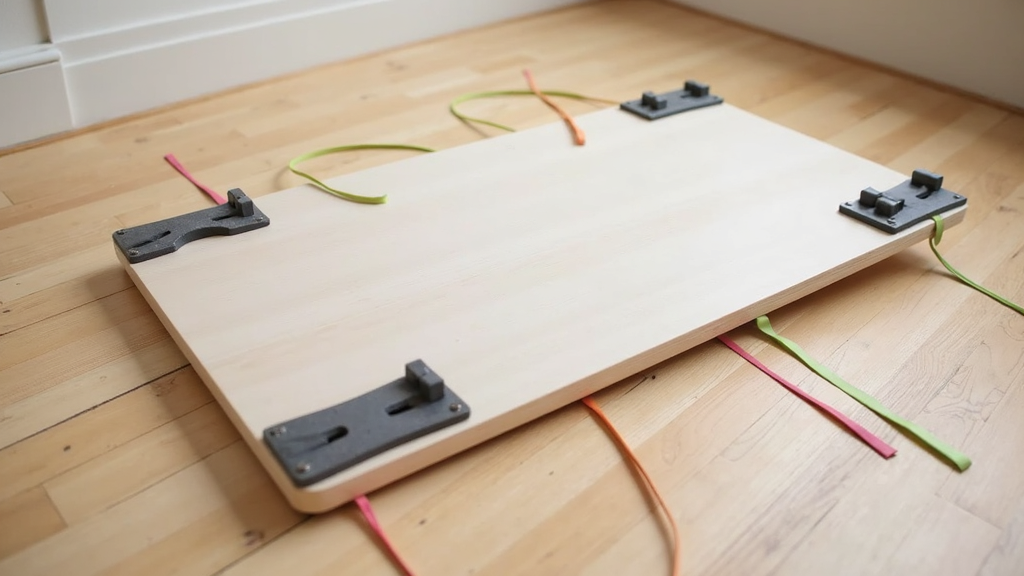
Who Should Buy a Pilates Board?
Based on my experience, Pilates boards are a really smart pick for anyone who wants a flexible, spacesaving, and affordable way to work on their strength and balance. I’d recommend them to:
- Beginners who are new to Pilates and want to start at home, following guided routines
- Travelers or apartment dwellers who don’t have much space but still want a fullbody workout
- People with joint or back issues looking for a lowimpact routine
- Anyone bored of traditional mats or looking to upgrade the challenge of home bodyweight workouts
- Fitness fans who want a portable workout tool that stores easily and can be used anywhere
If you’re coming from a gym background and miss that stable, connected feeling underfoot, a Pilates board is an easy way to inject some fresh variety into your routine—whether you want to try controlled mobility, coreburning flows, or simple balance drills.
How Does a Pilates Board Compare to Other Home Gym Gear?
If you’re torn between buying a Pilates board, a yoga mat, or splashier gear like adjustable dumbbells, here’s my take:
- Versus yoga or exercise mats: Pilates boards add a layer of instability and resistance bands, so you can progress to harder exercises as you gain strength.
- Versus reformer machines: Boards are way more affordable and portable. great for casual or regular home users who don’t want to dedicate a whole room to Pilates.
- Versus resistance bands alone: Bands are awesome for travel, but the board keeps your posture in check and lets you try fun balance moves you can’t do on the floor.
- Versus cardio equipment: A Pilates board isn’t for highintensity sweat sessions, but it’s more effective for targeted core and fullbody sculpting.
Pilates boards actually fit well alongside most home gym basics. Add one to your setup, and you can try balanceboard pushups, resistanceband lunges, or planking circuits too.
How to Get the Most from Your Pilates Board
The best results come from consistency and just a bit of creativity. Here are some tips based on my own experience and what I’ve learned from fellow users:
- Start with basic moves, like squats, planks, and seated resistance band rows
- Progress to compound exercises, lunges with a twist, pushups with bands, or balance holds
- Follow along with video workouts (YouTube has plenty for getting started)
- Use a yoga mat underneath the board for extra grip and floor protection
- Wipe down after each use, especially if you work out barefoot (which I highly recommend for better stability)
- Mix it up, alternate Pilates board sessions with traditional strength or mobility work for best results
- Keep a journal of your favorite flows and try new band attachments to see which ones push your balance or mobility the most.
Some people also like to set goals each month (mastering singleleg squats, for example) to give structure to their routines. Check for new community workout challenges or social media groups that post weekly Pilates board exercises for inspiration.
Best Pilates Board Brands
I’ve tried several Pilates boards and read reviews across the board. Here are a few brands you’ll keep seeing mentioned for quality, reliable customer service, and solid design:
- Stealth Body Makeover Board: Known for the sturdy build and easyaccess resistance band mounts. Solid video instruction library.
- FitLaya Pilates Board: Sleek, highweight capacity, and super comfortable antislip surface. Good for tall users.
- Alustra: Popular with classes and trainers; their boards feature higherend bands and very stable construction.
- StrongTek Balance Board: Hybrid design mixes Pilates moves with balance training. nice change of pace if you like instability training.
- Cheaplybranded Amazon boards: Just doublecheck reviews for durability. sometimes you really do get what you pay for.
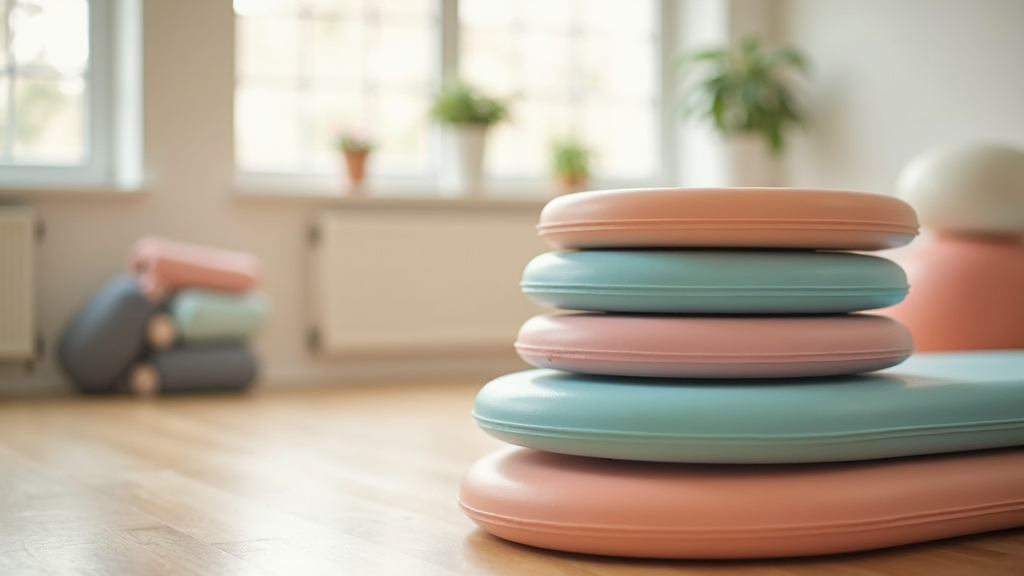
Also check for customer support and warranty length, as these can be telling signs of a board’s lasting value.
Tips for Buying the Right Pilates Board
- Check the length and width. make sure it fits your frame and your usual workout space
- If you’re over 220 lbs or taller than 6 feet, look for reinforced boards or extra large sizes
- Pick one with sturdy, easytoattach resistance bands and solid antislip feet
- Look for a warranty, even if it’s just 12 months (it shows brands trust their product)
- Compare prices, but don’t go rockbottom cheap unless you plan to only use it occasionally
- Read real user reviews to spot any repeated complaints about warping, slippery surfaces, or bands that break too fast
Summary
A Pilates board makes a surprisingly useful addition to almost any home gym. especially if you want something compact, userfriendly, and focused on core stability. You get the benefits of classic Pilates reformer moves, some added resistance, and plenty of balance work without spending a ton or dedicating a whole room to bulky machines. It suits a wide range of users from beginner to advanced, and you’ll find support and creative workout ideas from dozens of online communities. Be sure to check weight support, quality, and included accessories to make sure you get one that’ll last. For those looking to keep their fitness fun, varied, and accessible, it’s honestly hard to go wrong with a Pilates board.
Pilates Board: Frequently Asked Questions
How is a Pilates board different from a Pilates reformer?
A Pilates reformer is a big studio piece of equipment with a moving platform, springs, rails, and lots of adjustables. A Pilates board is much smaller and flat, using resistance bands and bodyweight for similar muscle activation. Boards cost less and store more easily.
Are Pilates boards safe for beginners?
Yes! In fact, a lot of beginners find them easier to get started with than reformer machines. Start slowly, use the included guides, and focus on good form. If you have injuries or mobility limitations, ask your doctor or a trainer before starting.
What sort of exercises can I do on a Pilates board?
You can perform standing squats, plank variations, lunges, bridges, Russian twists, rows, overhead presses, glute lifts, triceps dips, and dozens of combo moves. Resistance bands keep most workouts interesting; just check Pinterest or YouTube for inspiration.
Is it easy to store a Pilates board?
Definitely. Most boards are only a few inches high and can stand up in a closet, slide under a bed, or be tucked behind a sofa. A few models even fold in half for travel or extrasmall storage.
How do I clean a Pilates board?
Use gentle soap and water. Wipe the surface after workouts, especially if you sweat or work out barefoot. Avoid harsh chemicals that might damage the antislip coating.
Can I use weights or a kettlebell with my Pilates board?
Light free weights are usually fine, but check if the board can handle the extra impact. Heavy kettlebells or weighted jumps might damage lighter boards, so stick with resistance bands and bodyweight moves unless the manufacturer says otherwise.
Is it safe on hard floors?
Yes, but boards can slide on slick floors. Place a yoga mat, rug pad, or grippy mat underneath for best results.
My Take: Final Thoughts
After weeks of daily use and a lot of comparing, I think a Pilates board is a smart buy if you want an easy and flexible way to give a boost to your home workouts. You’ll build core strength, get a great lowimpact sweat, and stay motivated without breaking your budget or overhauling your living room. I love the creativity these boards allow; you can mix and match resistance, try new moves, and even bring it along for travel or backyard routines.
It’s a good idea to invest in a quality board if you’ll use it regularly. cheaper models work but might not last as long or feel as stable as more premium versions. All in all, this is one of those fitness gadgets that actually delivers on convenience and results, especially for beginners and anyone short on space.
If you have questions or want tips for getting started, feel free to drop them in the comments. Happy sweating!
